As the "artery" connecting the city and the city, the highway is unimpeded for promoting economic development and ensuring the safety of people's travel. However, the "invisible hand" of weather often brings unpredictable challenges to this "artery". Torrential rain, thick fog, snow and ice... Every extreme weather can instantly turn into a safety hazard on the road. Fortunately, with the rapid development of science and technology, high-speed weather monitoring stations came into being.
WX-GQX8 high-speed meteorological monitoring station is a professional meteorological observation system specially designed for expressways. They are not only equipped with high-precision meteorological sensors, which can monitor temperature, humidity, wind speed, wind direction, precipitation, visibility and other key meteorological elements in real time, but also integrate advanced Internet of Things, big data and artificial intelligence technology to achieve rapid collection of meteorological data, intelligent analysis and early warning. This means that whether it is a sudden rainstorm or an imperceptible ice on the road, it can be captured and warned at the first time, providing valuable "buffer time" for the traffic management department and the majority of passengers.
In the past, people often had to passively accept bad weather, but now, high-speed weather monitoring stations make "prevention" possible. Through real-time monitoring and data analysis, the system can accurately predict the weather trends of specific sections in the next few hours or even days, and timely release road condition warning information. This information will not only be widely disseminated through highway electronic displays, traffic broadcasts and other channels, but also be accurately pushed to drivers who are about to pass through the area through mobile phone apps and social media platforms to help them plan their journey in advance and avoid falling into danger.
High-speed meteorological monitoring stations are not only data collectors, but also "commanders" of emergency response systems. Once the abnormal weather is detected, the system can immediately start the emergency plan, linkage traffic police, road administration, maintenance and other departments, and quickly take road closure, speed limit, diversion and other measures to effectively reduce the occurrence of traffic accidents. At the same time, combined with historical data and real-time weather, the system can also provide scientific basis for road maintenance, such as spraying snow melt in advance, adding anti-skid facilities, etc., to ensure that the highway can maintain the best traffic condition in any weather conditions.
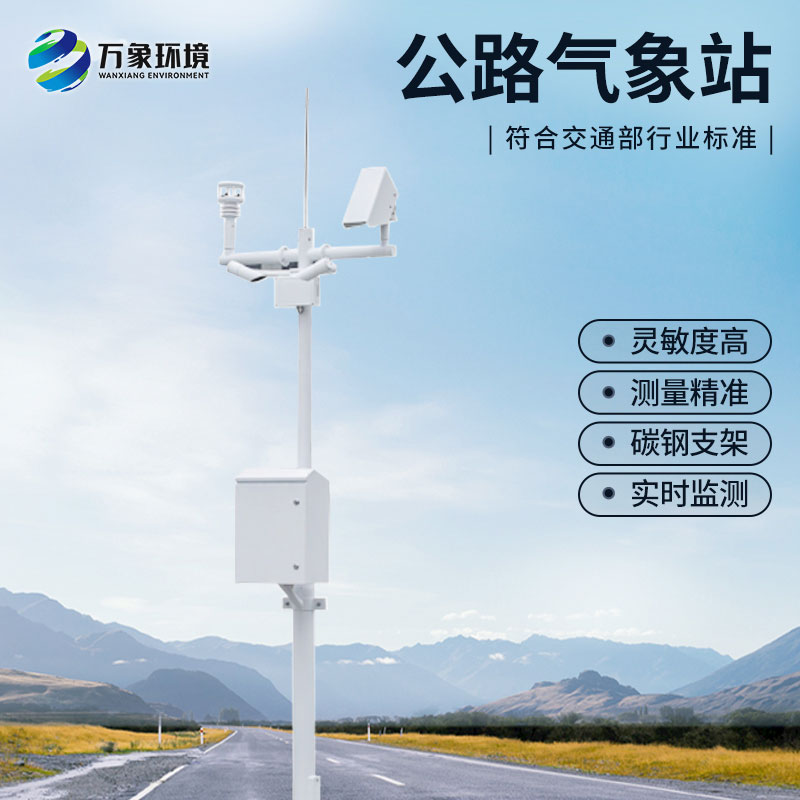
Article address:
http://www.qxhjjc.com/en/article/1293.html

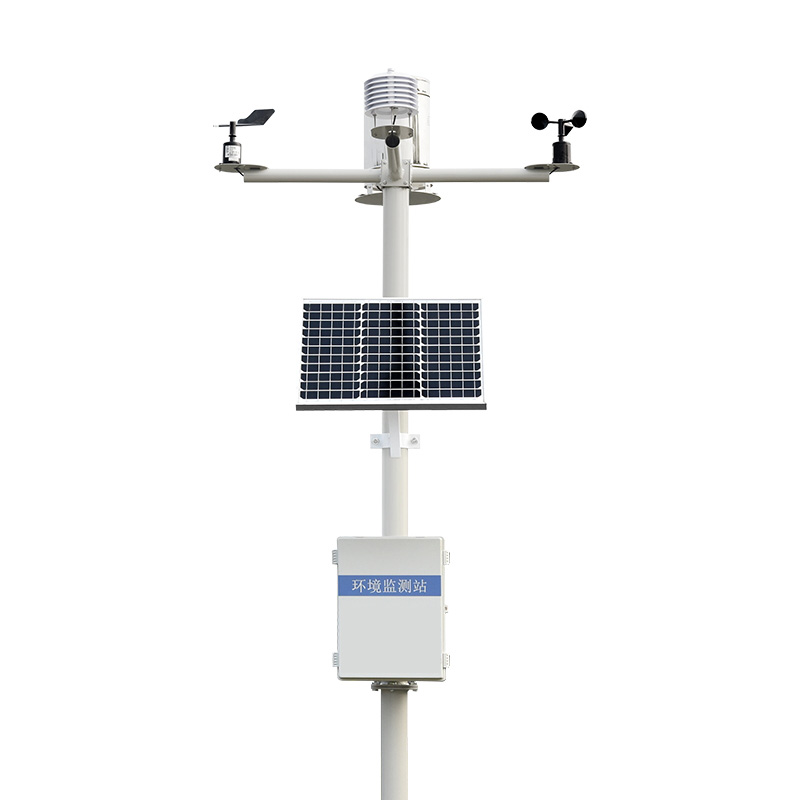

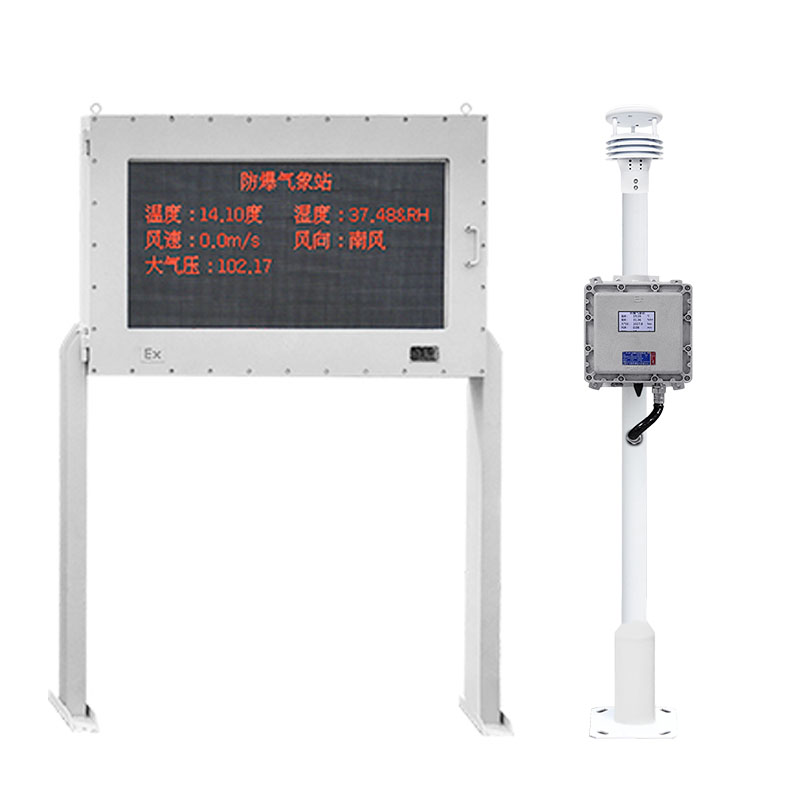
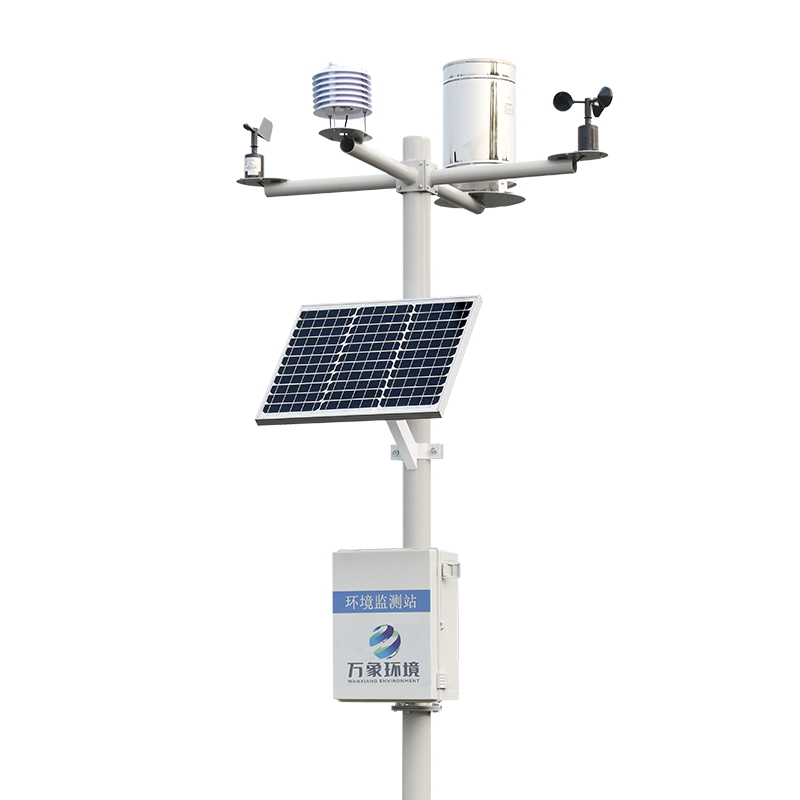
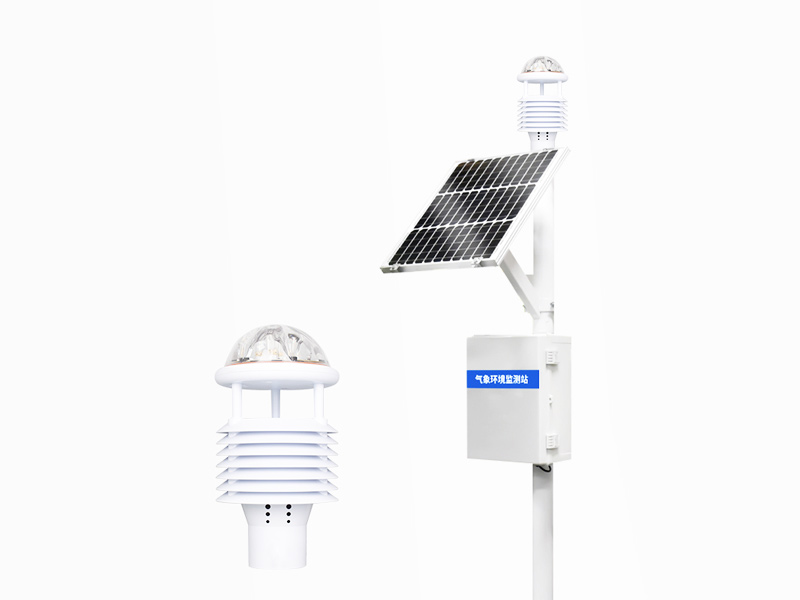






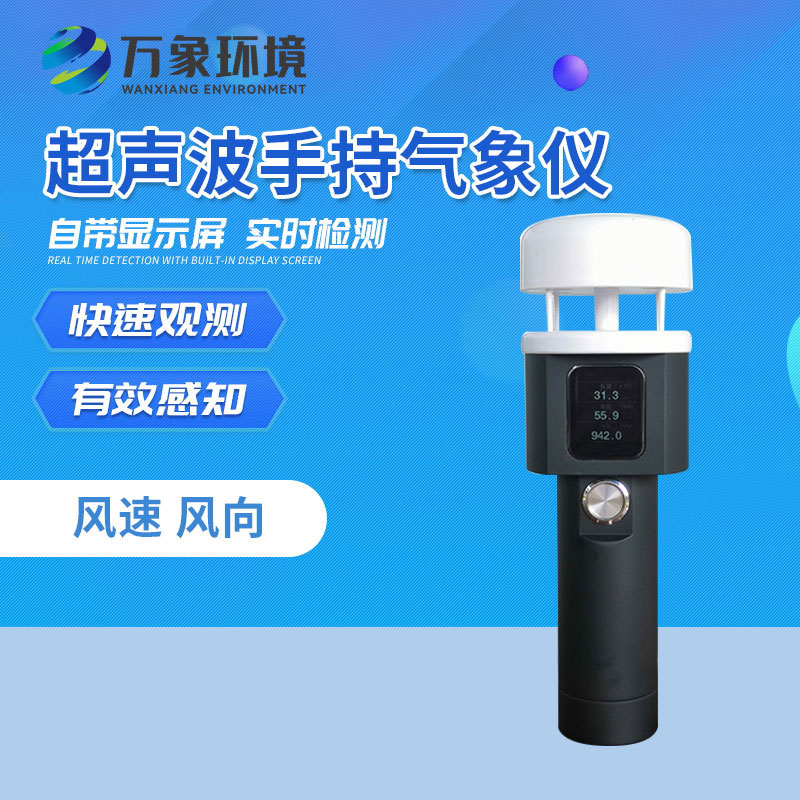
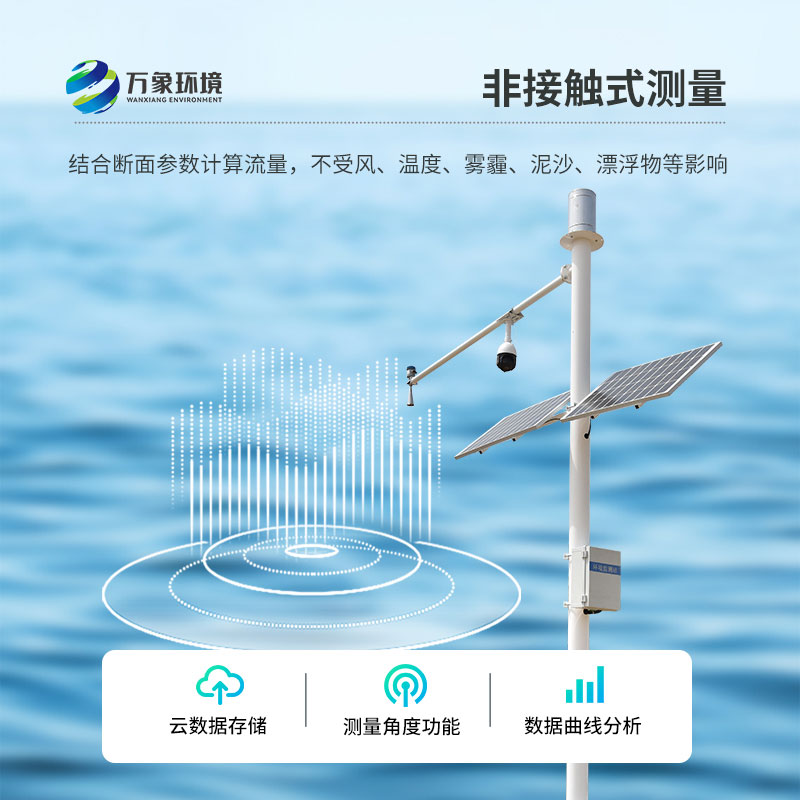




 Home
Home phone
phone Product Overview
Product Overview Contact Us
Contact Us